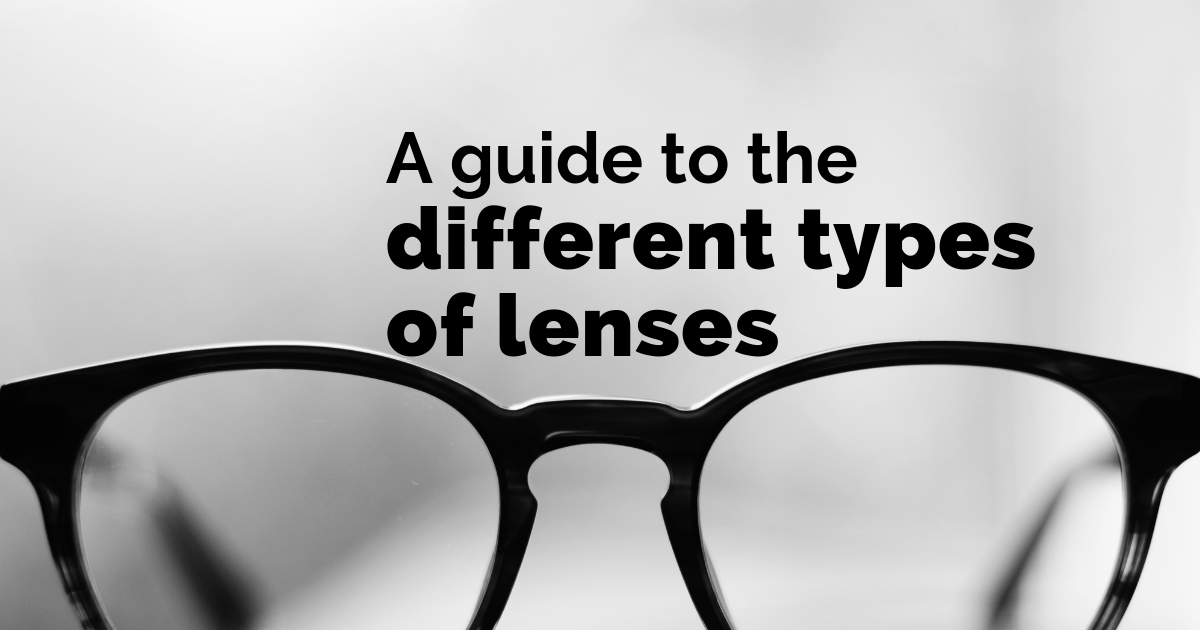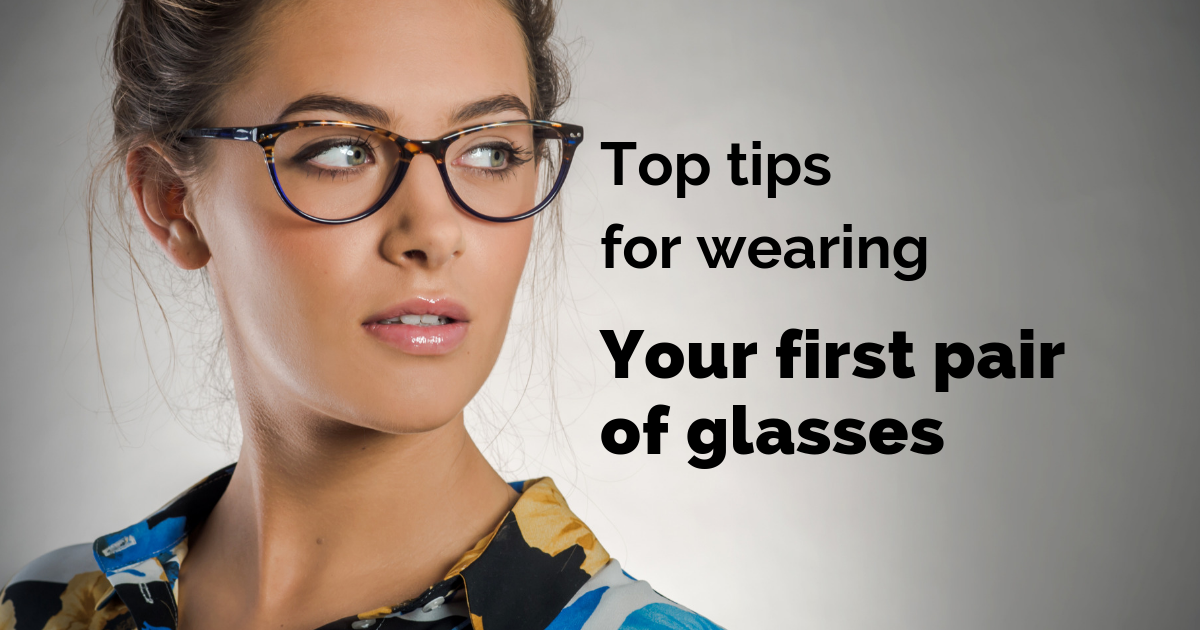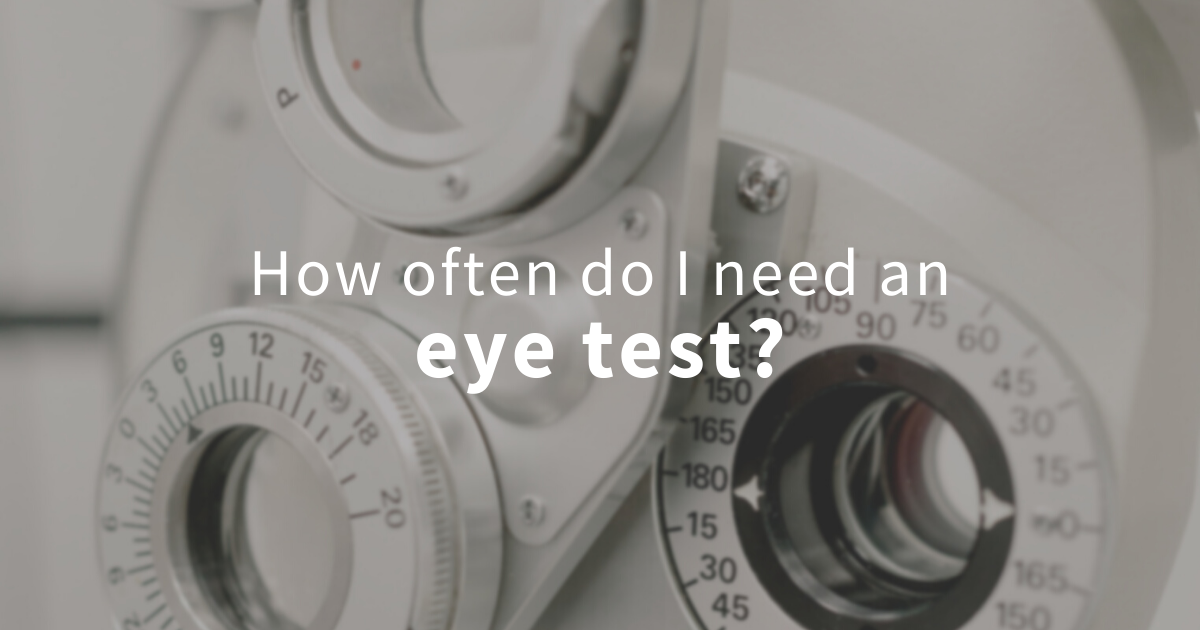Types of lenses
When it comes to eyeglasses, there’s one part that often gets overlooked (no pun intended). A lot of thought goes into picking your frames – the colour you’d like, whether or not you want them with a matte finish or wood effect – but what about the actual lenses? Eyeglass lenses are sometimes neglected, and they shouldn’t be.
There are so many options to choose from, from aspheric lenses to polarised. There’s a chance that these words mean nothing to you, so if that’s the case, we’ve explained everything for you here! Read about the many types of optical lenses that are available to you.
Varifocal lenses
Varifocal lenses are great because they correct both short-sightedness and long-sightedness. This works through a divide in the lens: the top half of the lens is optimised for distance viewing while the bottom half is for close-ups. Bifocals are often prescribed for those whose vision has declined in old age.
Varifocal lenses can also use an additional section for those needing help to see other objects that are within a few feet. Trifocals are popular for people who need extra help when driving, reading or using a computer (just a few examples). If there is a ‘Near Add’ or ‘Inter Add’ section on your prescription, then these lenses are for you.
Aspheric lenses
Whereas conventional lenses have a front surface that is spherical (it is curved straight across the surface), aspheric lenses have a surface that slightly changes in curvature from the centre of the lens out to the edge. They’re also thinner than the majority of other lenses, helping to minimise visible lens at the side.
Hi-index lenses
If you’ve got a stronger prescription then you should probably look into hi-index lenses.
Hi-index lenses are much lighter and thinner than your average pair of lenses. This means they are more comfortable to wear whilst also minimising the amount of lens visible at the side.
Making sense of your prescription can be easier said than done, so it helps to know which lens will benefit you the most.
Photochromic lenses
When photochromic lenses are exposed to sunlight, the lenses automatically darken. This is a saving grace for anyone who doesn’t like carrying around a separate pair of prescription sunglasses. Indoors, the lenses are clear. Outdoors, they darken! Other terms for photochromic lenses include ‘light-adaptive’ and ‘variable tint’ lenses.
Polarised lenses
Polarised lenses make images appear sharper by reducing the glare reflected off surfaces and, most importantly, from the sun. These lenses provide 100% protection from glare and UV rays. Polarised lenses block glare, allowing only useful and healthy light to enter the eyes. Whether you’re driving or engaging in extreme sports, polarised lenses are perfect for those who want to minimise glare and protect themselves from eye strain.
Polycarbonate lenses
Polycarbonate lenses make for some of the most resilient and hard-wearing glasses found on the market. An ideal choice for active children and athletes, these lenses are built to withstand all kinds of treatment. If you’re not that good at taking care of your glasses, consider polycarbonate lenses. One more thing, polycarbonate lenses have built-in UV filters to protect your eyes from sun damage, eye strain and a host of other related eye issues.
Which lenses do you prefer?
When you’re choosing the best lenses for your glasses, think about the conditions in which you’re going to need them and choose accordingly. Are you a long distance driver? Do you tend to devour books late into the night? Both activities strain your eyes.
Read our lenses guide and take a look at what’s available. We have a vast range of men’s prescription glasses as well as women’s prescription glasses – you’ll be spoilt for choice. You can even try before you buy!

 Top tips ahead of wearing your first pair of glasses
Top tips ahead of wearing your first pair of glasses 7 ways to take care of your glasses (so they’ll take care of you)
7 ways to take care of your glasses (so they’ll take care of you) How to clean your glasses the right way
How to clean your glasses the right way How often should I have an eye test?
How often should I have an eye test?